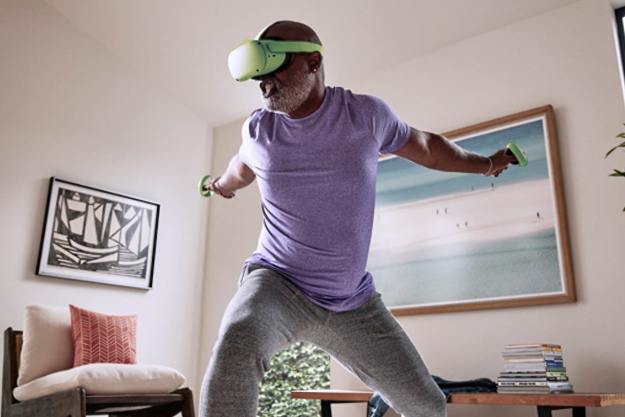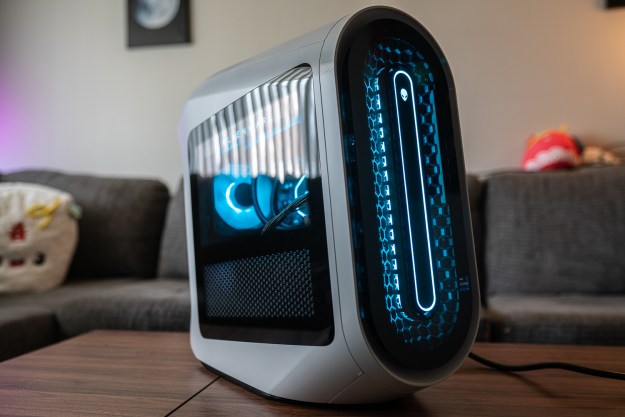
Even as we pack more cores into processors and design new forms of memory storage, our computing technology is nowhere close to the power of the human brain. The human brain has roughly 100 trillion synapses – a neural network that took 96 racks of the Lawrence Livermore National Lab Sequioa supercomputer to simulate, and even then, the supercomputer was only able to perform that simulation at a speed 1,500 times slower than your brain does.
A computer needs so much power for this function because it is astounding what the human mind is capable of, even passively. Actions like seeing a ball coming toward you and catching it are easy for you, but programming a computer to do all of those things is a complex circus of calculations and responses. The goal of the project is to create a computer that can simulate vision, and take action in response to stimuli and memory, and TrueNorth is the closest technology has come yet.
The TrueNorth chip is part of an effort that began at IBM in 2008, with the goal of producing a new form of computing architecture based on the brain’s neuron and synapse network. Rather than simply running calculations across 4 or 8 cores as quickly as possible, the TrueNorth chip recognizes patterns and leverages them for more efficient data handling and processing, with the help of its 4,096 cores.
These cores aren’t like the cores found in your home processor though, and they’re used quite differently. Rather than running all the time, each core is called to operate when needed, keeping heat and energy use down. All of the cores communicate across an event-driven network, which also means that the system can scale, cores can stop functioning, and everything will continue to operate without interruption.
Those 4,096 cores working in harmony represent one million neurons and 256 million synapses. That’s still a far cry from a human brain’s ten billion neurons and 100 trillion synapses, which is the ultimate goal of the IBM cognitive computing project. These computers, which would take up less than two liters of space and consume only one kilowatt of power, could revolutionize everything from transportation to vision assistance. It’s a totally new direction for computing, unlike any related innovation we’ve seen in 70 years.



